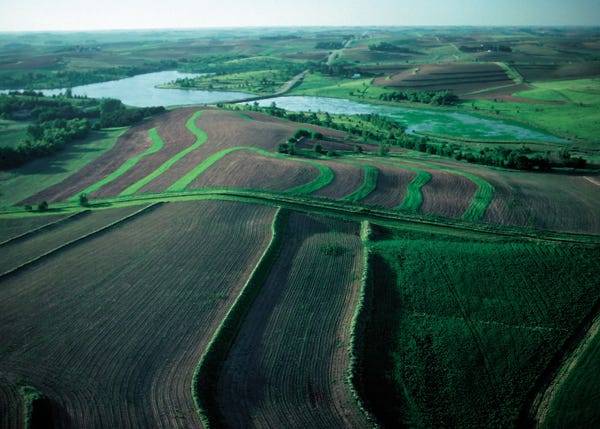July 10, 2014

The new 2014 Farm Bill substantially streamlines the number of conservation programs and moderately reduces overall conservation funding by 6.5% from the existing 10-year baseline budget over 2014-2023. Many of the cuts are slated for 2018-2023.
Conservation priorities are changing as follows:
The CRP is destined to shrink through at least 2017 as it comes under a new, lower enrollment cap. High-priority continuous enrollment land and practices will grow, indicating continued environmental benefits for the public from the CRP over the life of the 2014 Farm Bill.
New conservation compliance and Sodsaver provisions are linked to crop insurance benefits. New 2014 Farm Bill provisions allow crop insurance participation on the converted sod, but substantially reduce the benefits. For a crop insured on converted sod ground, the insurable yield is 65% of the transitional yield available to the producer. The premium subsidy is reduced by 50% (from typical subsidy levels of more than 60%). The new Sodsaver provisions apply in Minnesota, Iowa, North Dakota, South Dakota, Montana, and Nebraska—an expansion of the previously covered Prairie Pothole Region.
Total spending on voluntary conservation effort spending has grown over time even as farm bill spending has dropped. Conservation program funding and the role of voluntary conservation programs versus direct regulatory activities will likely be a major part of the debate over future farm policy.
Graphics courtesy of Congressional Budget Office.
You May Also Like




